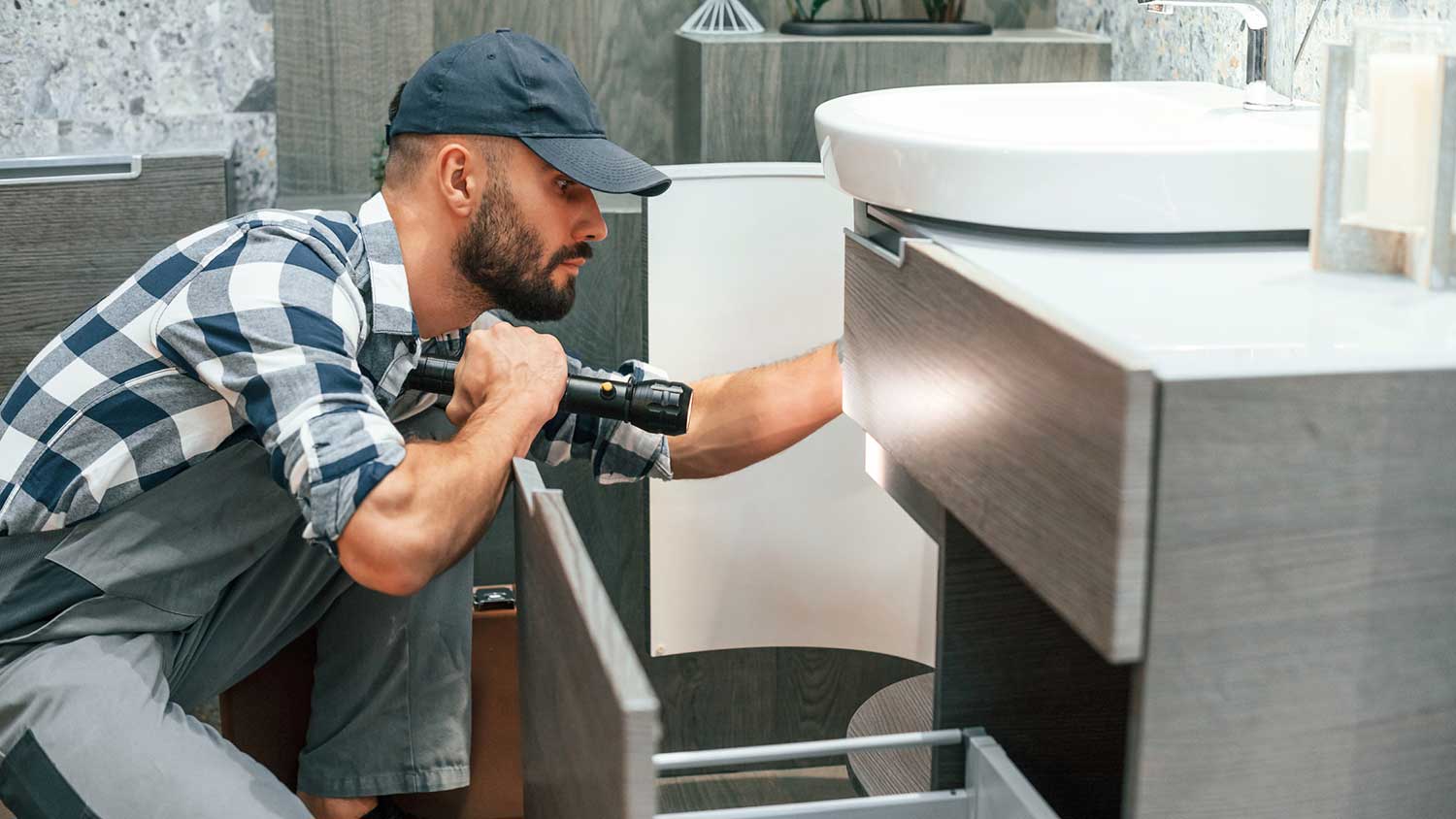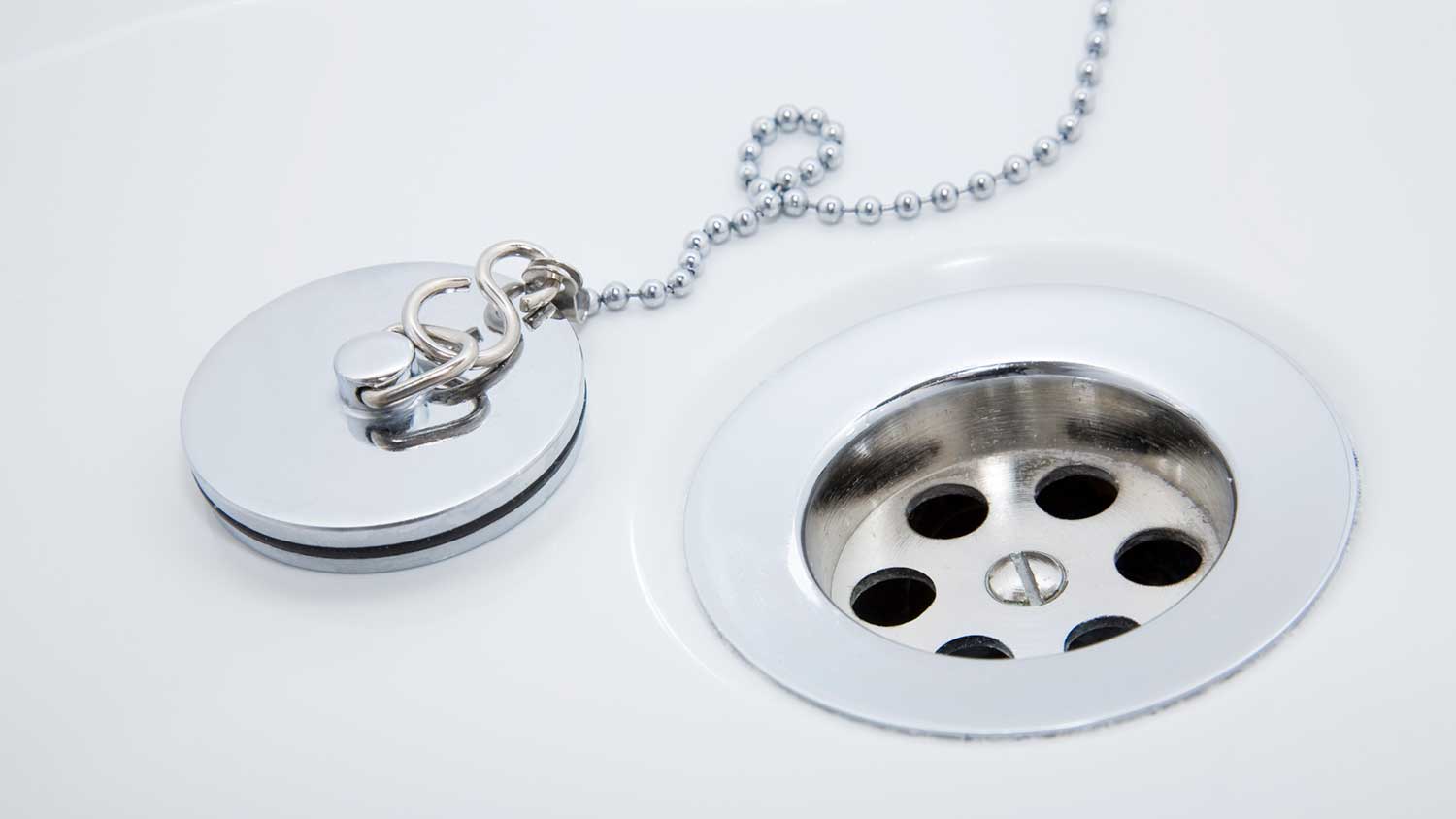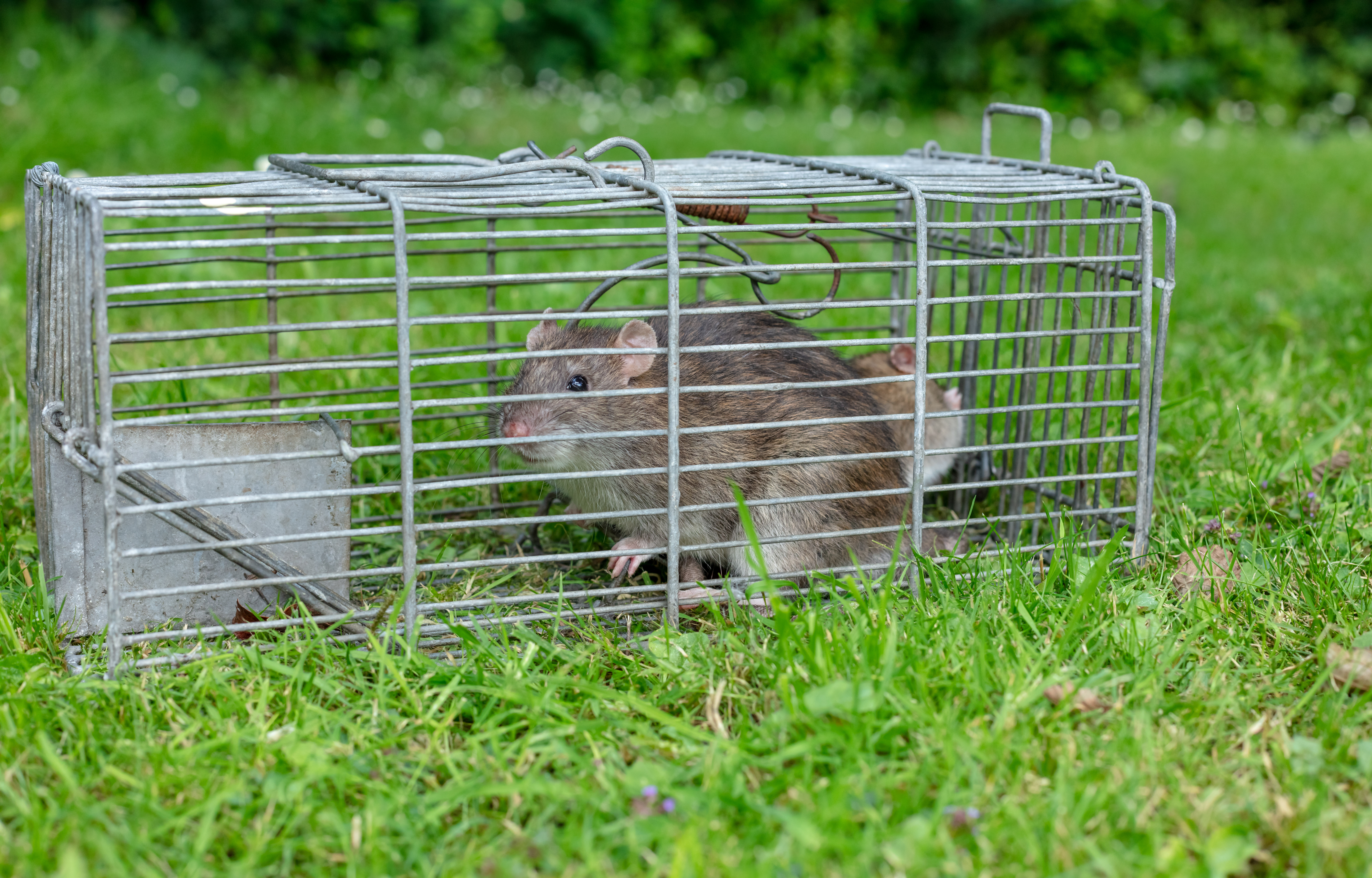
Whether you have bugs, bats, or rodents invading your home, you’ll want to contact an exterminator quickly. Find out how much pest control costs in Columbus, OH.
Keep your drains free from pesky roaches


Cockroaches commonly enter homes through the pipes, so they're often spotted near sinks and drains. Learn how to stop roaches from coming up the drain and avoid health problems caused by pesky roaches. If you're tired of seeing these pests in your kitchen or bathroom, follow these guidelines to stop them from coming up the drain.

Cockroaches can contort their bodies to squeeze through tiny cracks. This characteristic allows them to sneak through cracks or holes in or around your drain pipes. In addition, any standing water can invite cockroaches in, so leaks in the faucet can be a calling card for the pests.
Before you get to work, investigate any possible roach entry points near your plumbing. Use a flashlight to uncover these areas best and make a list of the spots to fill in or fix.
Once you've determined the entry points, it's time to block them up. For any cracks or holes in the drain pipes, use a caulk gun to seal the area with caulk. If any holes or cracks surround the pipes or under the sink, use silicone sealant to fill the areas in. If the holes are large, you can place copper mesh over the hole before applying the sealant.
Once the cracks and holes around your plumbing are secure, move onto investigating any potential problems with your faucet. Leaky faucets allow water to pool and, since cockroaches are searching for a water source, they are attracted to these areas. Often, leaky faucets are a result of a crack in a pipe, which you can fill in with caulk.
If you have a burst pipe, that’s a more serious issue. In that case, you’ll need to turn off the water supply, drain the taps, locate the leak, and call a professional plumber to take care of the replacement and repair.
You may discover holes in the walls that cockroaches are using as a path into your home. Use expanding insulation foam to fill in the hole. You can also use the insulation foam around areas of condensation, as this has the potential to become standing water. The foam can be wrapped around the pipe.

Even if you're diligently blocking possible entry points for cockroaches, there's still the risk of them coming into your home in other ways. There are preventative steps you can take to keep roaches away.
Add drain stopper: One of the best ways to prevent them from coming through your drain is to put a rubber stopper over your drain at night since cockroaches are nocturnal.
Keep your kitchen clean: Avoid leaving any dirty dishes, food particles, or scraps in the sink overnight. Always clean dishes from food debris before putting them in the sink to prevent any food from getting into the drain. You can also use a homemade drain cleaner to clear any food from the pipes to ensure you aren't inviting cockroaches in.
Remove food sources: Cleaning off counters, tables, and floors each night is another way to prevent excess food from attracting cockroaches. If it makes sense, store the food in cabinets or refrigerators to keep them safe.
If you're dealing with a minor cockroach problem and can easily identify their entry points, tackling this DIY project is doable. Most minor cockroach issues can be solved with this quick sealing and caulking project. However, if you have a cockroach problem that persists, hire a local exterminator to help. Cockroach exterminator cost ranges from $100 to $600 per treatment, depending on the size and location of the infestation.
From average costs to expert advice, get all the answers you need to get your job done.

Whether you have bugs, bats, or rodents invading your home, you’ll want to contact an exterminator quickly. Find out how much pest control costs in Columbus, OH.

How much does bee removal cost? Learn what you’ll pay based on factors like hive location, size of the infestation, extermination or removal, and more.

The invasive spotted lanternfly makes a mess and causes serious damage to the environment. So, how much does spotted lanternfly treatment cost?

Pest inspection costs depend on the type of inspection, location, and other factors. Learn more about how much pest inspections cost with this guide.

Mice are unsettling intruders in your vehicle that have the potential to cause major damage over time. Learn how to keep mice out of your car.

Noticing a growing number of rats calling your yard or garden home? Here are your best options to deal with them.